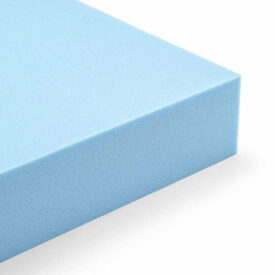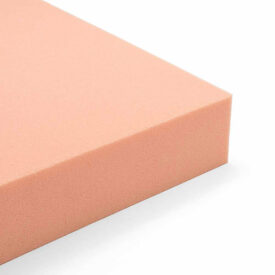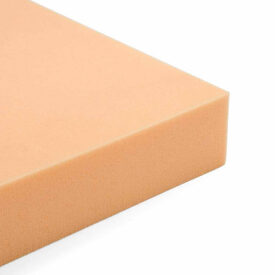Upholstery Foam
Our premium high density Polyurethane foam is suitable for a wide array of applications including sofa & upholstery seat cushions, marine, caravans & camper vans, dining chairs and seat pads. Our Blue RX39/200 grade foam is ideal for firmer seats with our Pink 50 Soft – 50/135 grade foam providing a high quality medium to soft seating experience. All our foam and has been tested to Fire Retardant Standard BS 5852: Part 2 Ignition Source 5 (Crib 5).
THE DEFAULT PRICES ON OUR SITE ARE RETAIL AND THIS WILL BE INDICATED ON EACH ITEM. TO VIEW EXCLUSIVE TRADE ONLY PRICING REGISTER FOR A TRADE ACCOUNT BY CLICKING ON THE ‘REGISTER’ BUTTON ABOVE. ALREADY HAVE A TRADE ACCOUNT? DON’T FORGET TO LOGIN TO VIEW YOUR TRADE ONLY PRICING. ONCE LOGGED IN A PRODUCTS PRICE WILL BE HIGHLIGHTED AS ‘TRADE PRICE’.
-
Premium High Density Hard Foam Sheet – 1/2 inch (12mm) Blue
From£29.00 -
Premium High Density Hard Foam Sheet – 1 inch (25mm) Blue
From£35.00 -
Premium High Density Hard Foam Sheet – 2 inch (50mm) Blue
From£70.00 -
Out of stock
Premium High Density Hard Foam Sheet – 3 inch (75mm) Blue
From£110.00 -
Premium High Density Hard Foam Sheet – 4 inch (100mm)
From£125.00 -
Premium High Density Hard Foam Cushion – 4 inch (100mm) Blue
From£26.00 -
Premium High Density Hard Foam Cushion – 5 inch (127mm) Blue
From£31.00 -
Out of stock
Superior High Density Foam Cushion – 5 inch (127mm) Pink
From£35.00 -
Luxury High Density Foam Cushion – 5 inch (127mm) Peach
From£33.00







